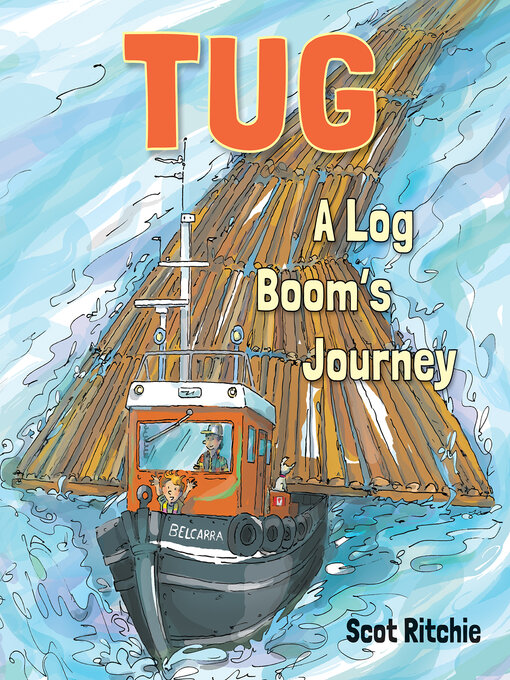From award-winning author and illustrator Scot Ritchie comes this lively look at the journey of a West Coast tugboat towing a log boom, as seen through the eyes of a young boy.
"I'm helping Dad on the tugboat. We're going to tow a log boom to the sawmill on the river... I look out for ferries and other boats in the harbor... Then I see it — a deadhead!"
Follow a child and his father through their workday on a tugboat on the West Coast as they watch a log boom being made, then tow it to a mill upriver. The pair must steer clear of other ships, race against the tide and weather a storm along the way.
Told from a child's perspective, this fun, accessible picture book explores the key role of a tugboat in the logging process. As explained in the author's note, the story is inspired by Scot Ritchie's childhood memories of seeing tugs and log booms off the coast of Vancouver, British Columbia, with additional information provided in the note about forestry on the West Coast today.
Key Text Features
author's note
diagrams
glossary
illustrations
facts
map
speech bubbles
writing inspiration


